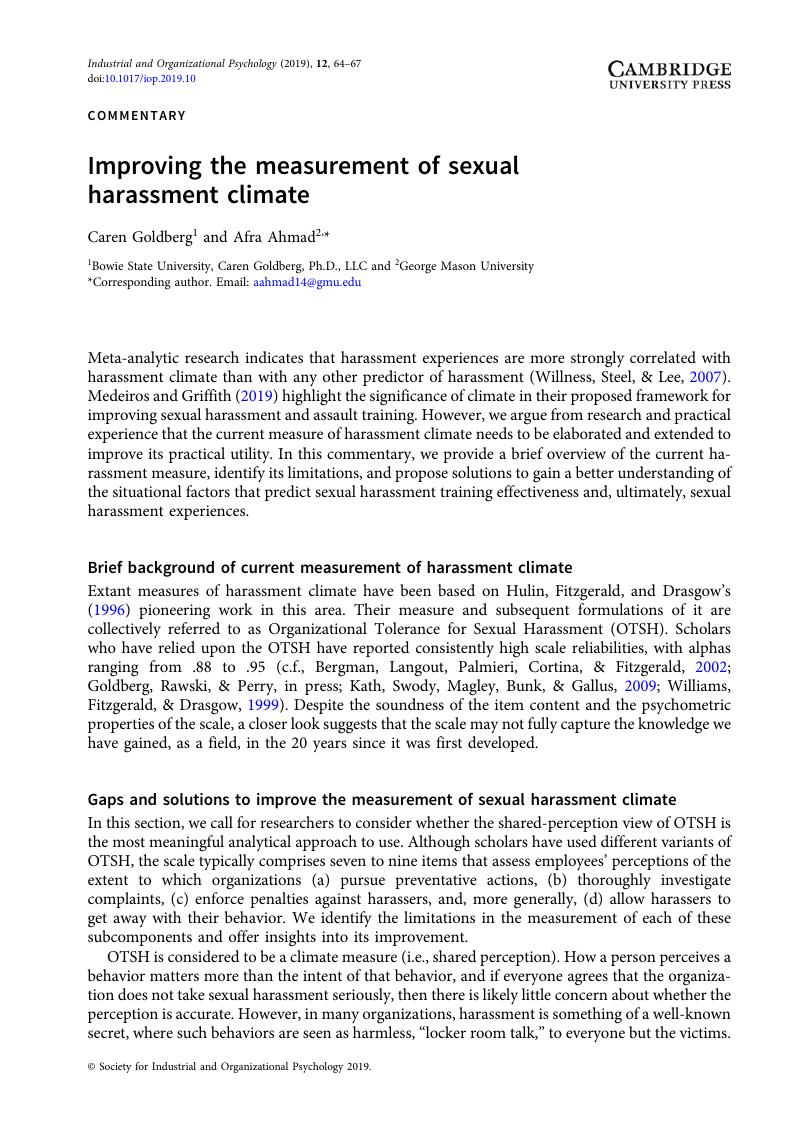Crossref Citations
This article has been cited by the following publications. This list is generated based on data provided by Crossref.
George, B.
2019.
Legal Aspects of Ethical Decision-Making in the Event of Sexual Harassment and Discrimination in the Workplace.
Business Ethics and Leadership,
Vol. 3,
Issue. 4,
p.
34.
Zelin, Alexandra I.
and
Magley, Vicki J.
2020.
Handbook of Interpersonal Violence and Abuse Across the Lifespan.
p.
1.
Zelin, Alexandra I.
and
Magley, Vicki J.
2022.
Handbook of Interpersonal Violence and Abuse Across the Lifespan.
p.
3941.





